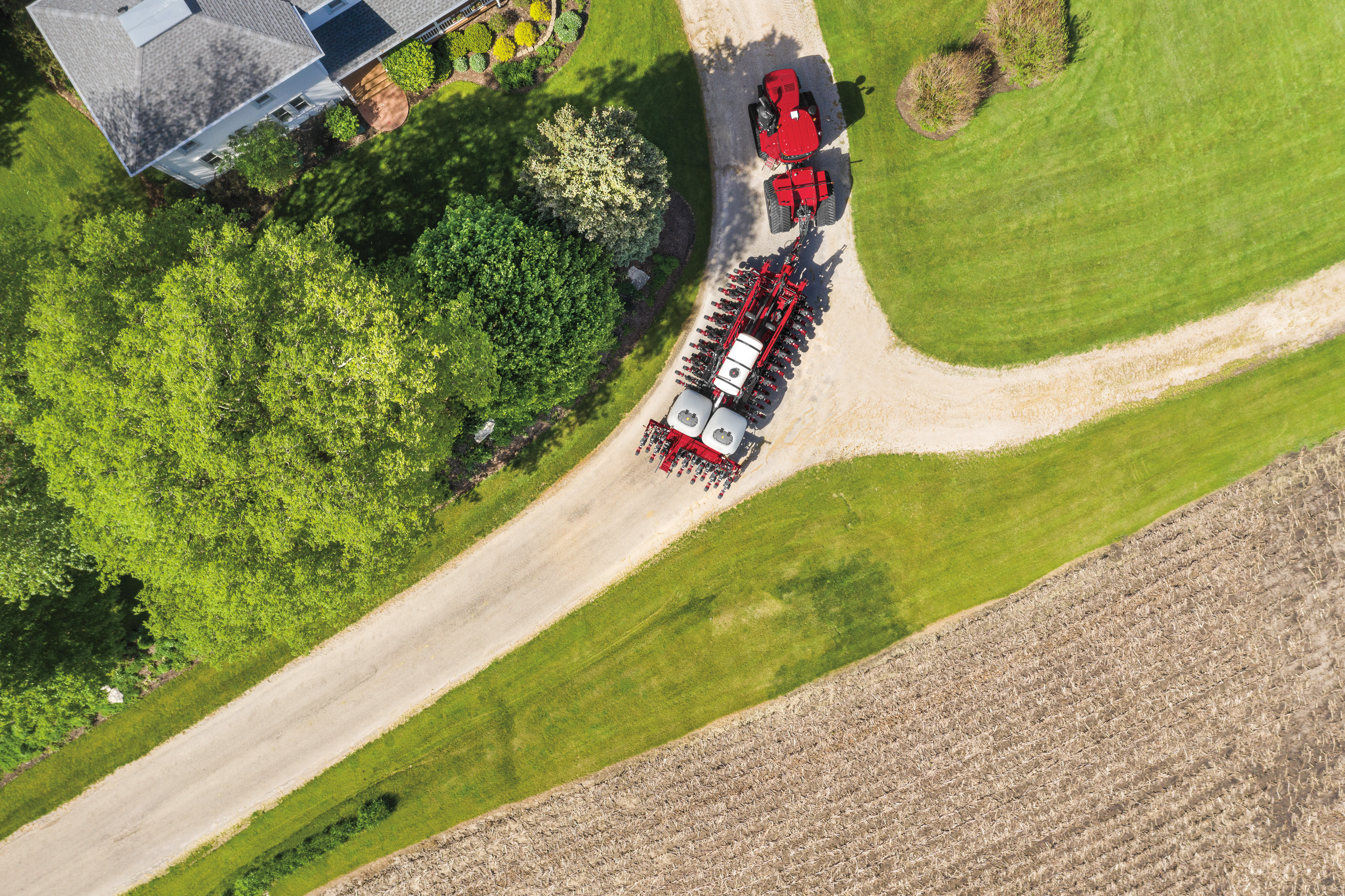The two configurations will be available in time for the 2020 planting season
By Diego Flammini
Staff Writer
Farms.com
Case IH is making changes to its planters to benefit corn and soybean producers next year.
The equipment manufacturer is expanding the 2000 series of the Early Riser planter with two new 60-foot configurations for the 2160 large front-fold model.
“One configuration is a 24-row planter with 30-inch spacing and the other is the split-row version of that,” Tony McClelland, planter marketing manager with Case IH, told Farms.com. “So, you’ve got a 47-row planter with 15-inch spacing.”

Other highlights of the new designs include a 600-gallon liquid fertilizer tank, a 120-bushel seed capacity and a steerable rear axle for maneuverability in tight field entrances.
Consistent rains delayed planting in 2019. These new planter layouts will help farmers seed more crops in tighter windows going forward, McClelland said.
“With years like this, where the planting window is measured in hours and not days, what the producers are able to do with those hours mean everything,” he said. “Going with a wider unit means they’re able to get as much planted as they can when the weather is as good as it’s going to be. And that can go a long way in making sure the crops get a good stand.”
The planter is also equipped for better singulation and seed placement, he said.
“Some of the seed corn that gets purchased might have a mix of different shapes and sizes,” McClelland said. “The Precision Planting vSet 2 meters we use are very forgiving and they do an excellent job with singulation and spacing all the way up to 10 mph (16 km/h).”
Case IH photos